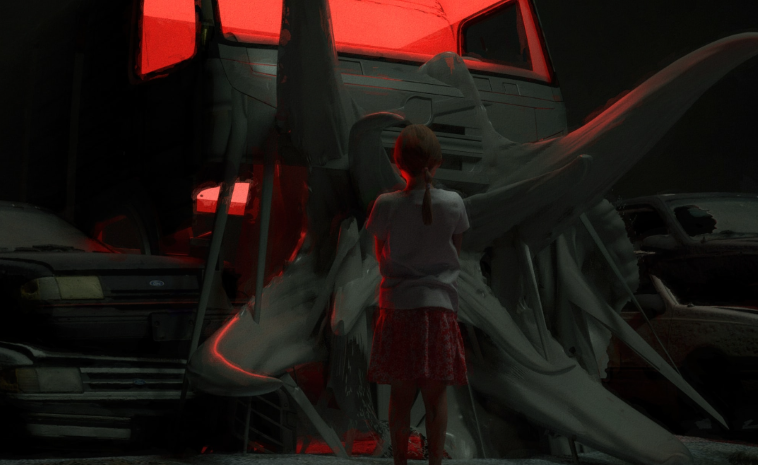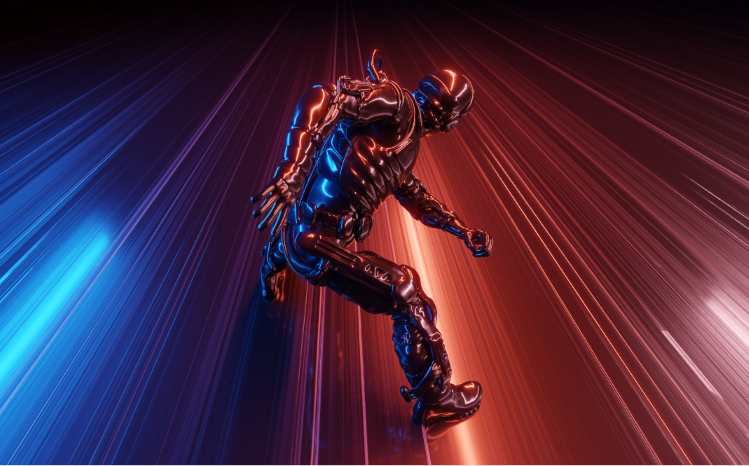Red dwarf planets: a chance for intelligent life developing

What are the possibilities of developing intelligent life on red dwarf planets and what advantages would such life have over life on planetary systems like ours?
Red dwarfs, stars with a mass of 0.075 and 0.50 of our Sun, are the most numerous stars in our galaxy, but due to their low brightness, they are not easily visible with the naked eye.
Also, these stars are smaller than a star like the Sun, which means they don’t use up their fuel (hydrogen) as quickly and can last anywhere from 100 to 10,000 billion years.
This is many times longer than the age of our Sun, which is expected to last about 10 billion years. Newer research says that the nearest star to us is Proxima Centauri, that it is a red dwarf and that an Earth-sized planet orbits it in the habitable zone.
Development of life on red dwarf planets
Life on red dwarf planets would be exposed to different conditions compared to life here on Earth.
Because these stars are smaller, the planets orbiting them are closer, which means they are exposed to much greater amounts of radiation. Due to this, the probability of the development of life on these planets may be lower, but life on these planets can adapt to these conditions.
Keeping in mind that they have an incredibly long time at their disposal, some scientists believe that life could develop and evolve to become resistant to radiation.

If intelligent life developed on a planet orbiting a red dwarf, it could have advantages over intelligent life that developed on a planet orbiting a Sun-like star.
One advantage is that life on a red dwarf planet would have had more attempts to evolve and become truly intelligent. To overcome the great filter of self-destruction.
Another advantage of living on a planet around a red dwarf is that members of those civilizations could live much longer than we do. This is because evolution has had hundreds of billions of years at its disposal. This could lead to intelligent life on a red dwarf planet living proportionally longer, 10 to 1000 times longer than us.
Given these advantages, the likelihood of intelligent life existing on a red dwarf planet is higher than previously thought. However, given that life on these planets is exposed to different conditions, it could be in a form very different from life on Earth.
A universe tailored to the inhabitants of the red dwarf planets
Let’s try to envision this. Because of the longevity of beings from red dwarf planets, interstellar distances are no longer as insurmountable an obstacle as they are for short-lived Earthlings.
This means that traveling through space could become much easier and more convenient, considering that travelers could travel for a longer period of time, i.e. in their lifetime they would reach neighboring red dwarfs.
Red dwarfs are the most abundant in our galaxy, and they could become natural destinations for space travel. This is because the voyagers could visit many planets around red dwarfs, which would allow them to study the different life forms and conditions on these planets.

Since evolution solved the problem of resistance to radiation from the parent star, shielding in interstellar travel would be far less of a problem for them, if at all.
Although there are numerous advantages to intelligent life on red dwarf planets, there are also certain obstacles. For example, because red dwarf planets are so close to their star, they are more likely to be exposed to numerous factors that could affect life on these planets.
These obstacles should not prevent intelligent life from developing on red dwarf planets, but should be seen as challenges to be overcome.
The search for life on red dwarf planets
Given all the advantages that intelligent life on red dwarf planets could have, it would not be surprising that many researchers would focus on the search for life on these planets.
There are many different technologies that could be used for this research, including high-resolution telescopes and other instruments that can detect the presence of water and other elements necessary for life.

In fact, many missions currently in the pipeline are aimed at searching for life on red dwarf planets. For example, the European Space Agency is currently preparing a mission known as “Plateau”, which will look for planets around red dwarfs that are similar to Earth and could support life.
This mission is scheduled to launch its instruments in 2026.
In addition, NASA also has plans to explore planets around red dwarfs. For example, the mission under preparation called “Transiting Exoplanet Survey Satellite” (TESS) aims to discover new planets around red dwarfs, as well as planets around other stars. This mission was launched in April 2018.
Considering these missions and many other research efforts, it is possible that we will learn more about life on red dwarf planets in the near future. This could lead to the discovery of life forms that are adapted to different conditions compared to life on Earth.
Exploring red dwarf planets could have many positive effects for our understanding of the universe. It is possible that red dwarfs have not yet spawned intelligent civilizations; they are only at the very beginning of their extraordinarily long-life span, but they will therefore also be the last.

When all the stars are extinguished, only red dwarfs will shine, and life will be possible only on their planets.
A life completely different from everything that the universe had previously made possible, far away and incomprehensible to us.
Want to read more about the universe? Visit our blog!

